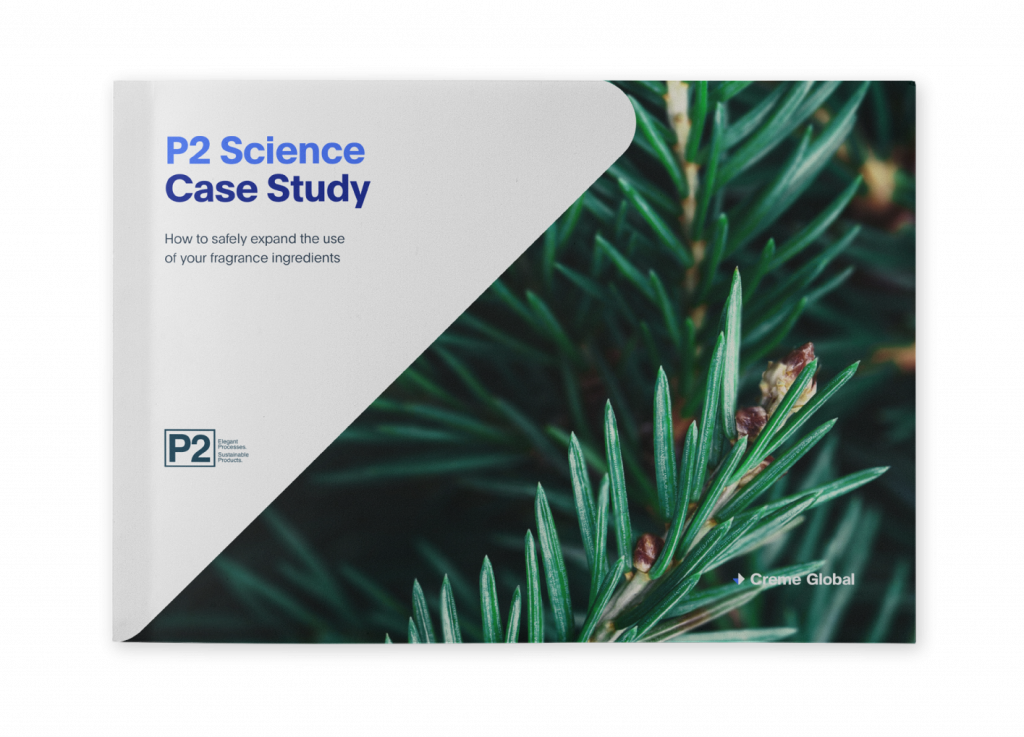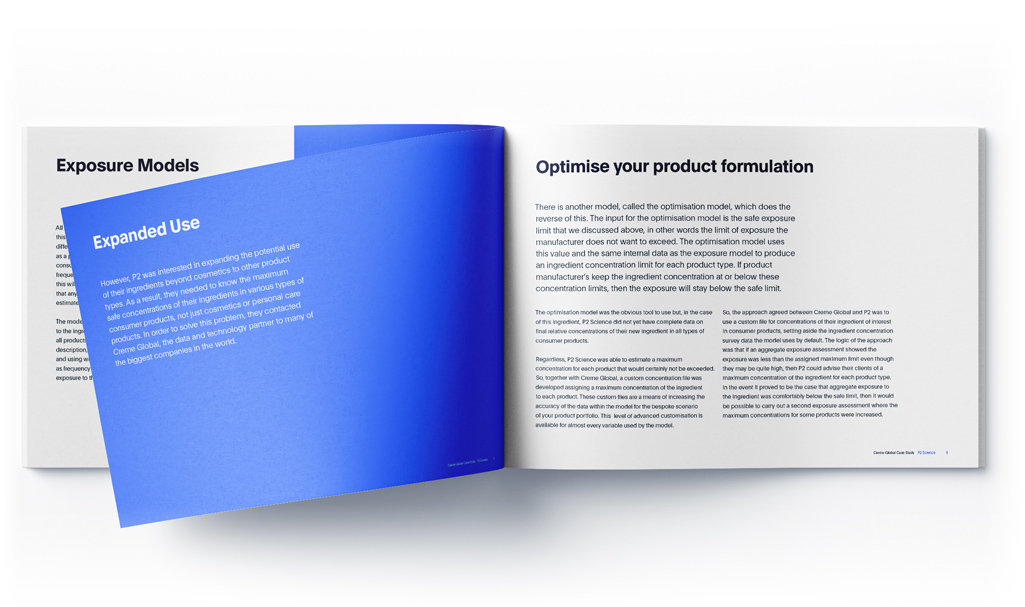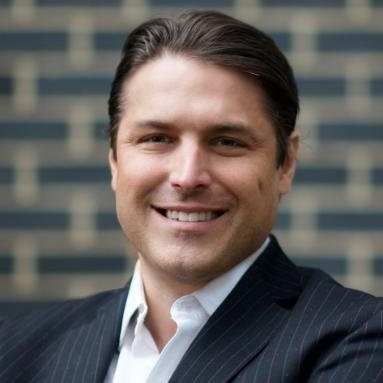Optimise your product formulations for new markets
P2 Science produces high-value specialty chemicals, such as flavour, fragrance and ingredients for various cosmetic consumer products – all from renewable sources. Safety is of utmost importance when considering that each of these materials can be used in a broad suite of products that come into direct contact with humans.

With interest in expanding the potential use of their ingredients to other product types beyond cosmetics, determining the maximum safe concentrations of their ingredients in various types of consumer products was a problem they reached out to Creme Global to solve.
Find out how we used realistic estimates of exposure, based on real world data derived from rigorous scientific studies and population surveys, and our extensive expertise and knowledge to obtain upper concentration limits for P2 Science ingredients. Creme Global’s exposure and optimisation modelling software has enabled P2 Science to promote their ingredients confidently for use in a huge range of cosmetics and personal care products. Download the case study to find out more.
Download the case study >>>
Download now

